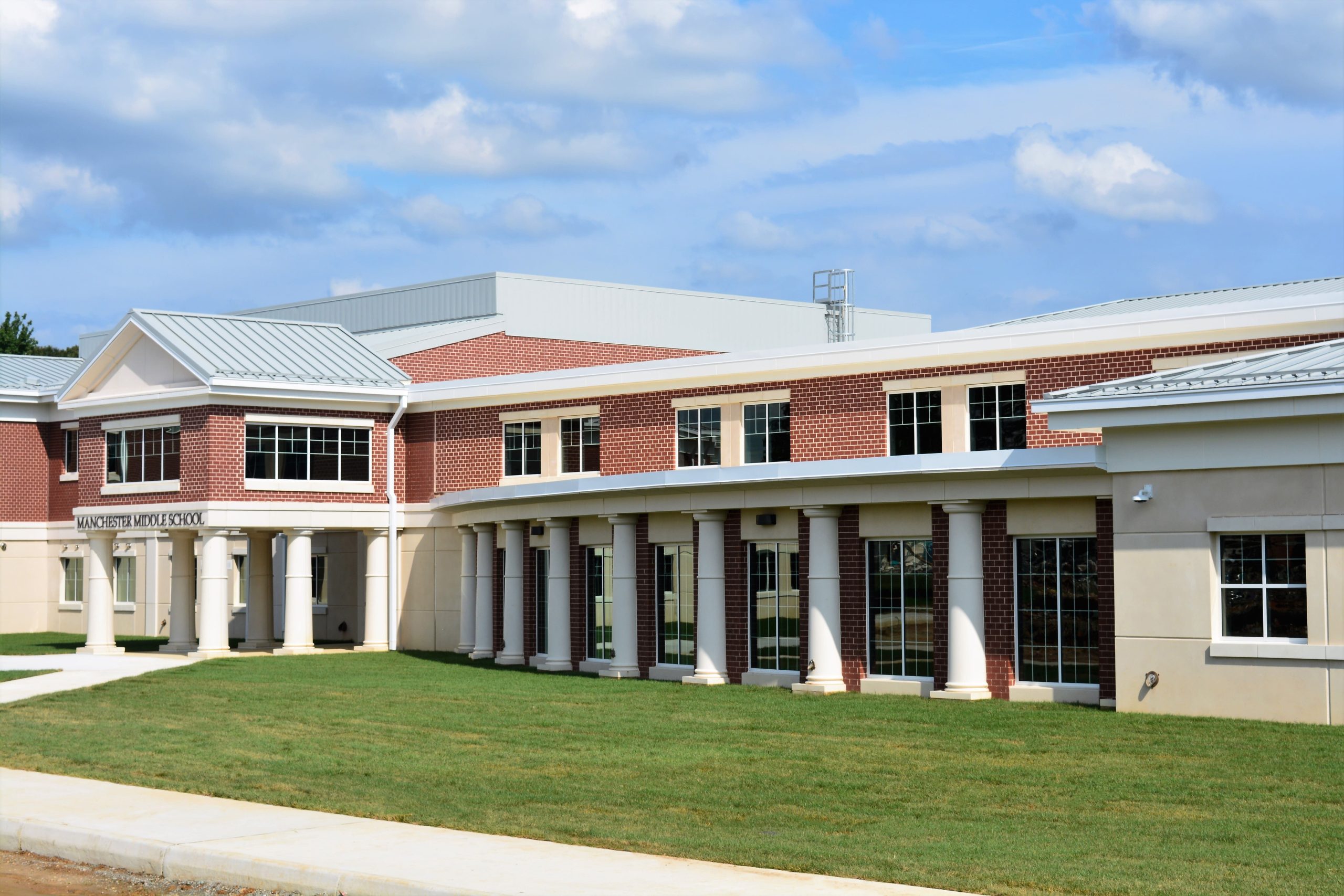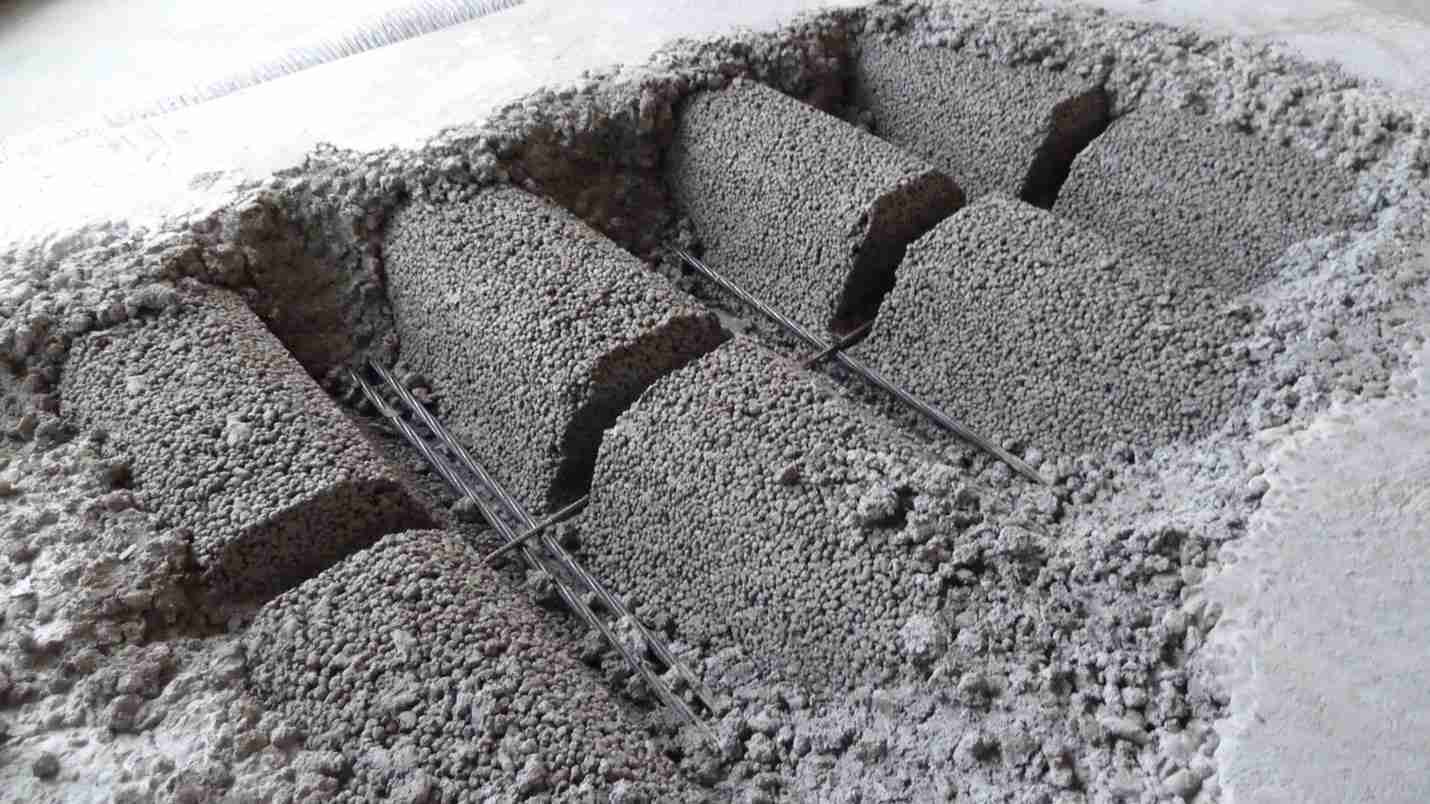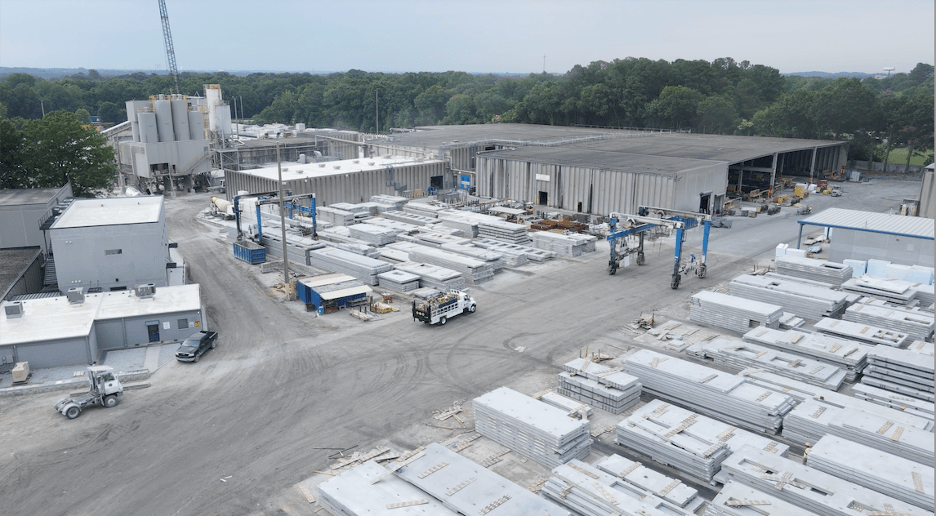In modern construction, precast concrete has become an increasingly popular option due to its numerous advantages over conventional building techniques. Precast concrete wall systems, which harness many of the remarkably flexible benefits of precast concrete, have become a prime choice among discerning architects, builders, and property owners looking for durable, efficient, and cost-effective building and enclosure solutions.
In this blog, we delve deep into the world of precast concrete wall panels. We’ll explore their benefits, the available types, and the crucial distinction between insulated and non-insulated options.
Understanding Precast Concrete Wall Panels
Like other precast concrete building components, precast concrete wall panels are construction elements that are manufactured away from the job site in a quality-controlled factory environment. Unlike traditional on-site concrete casting, this method allows for the manufacturing of construction parts that can be closely monitored and standardized ahead of time, ensuring the components are more precise and of a higher quality than site-cast elements. The resulting precast concrete panels are then transported to the job site for rapid erection in a coordinated sequence.
Precast concrete wall panel dimensions vary based on individual project design requirements. They generally average approximately twelve feet in width by forty feet in height but can be manufactured to over sixty feet in height. The overall size is only limited by what can be loaded on a truck and hauled to the site. Wall panel thickness also varies by project, from approximately six to ten inches thick for solid walls and eight to twelve inches thick for insulated walls.
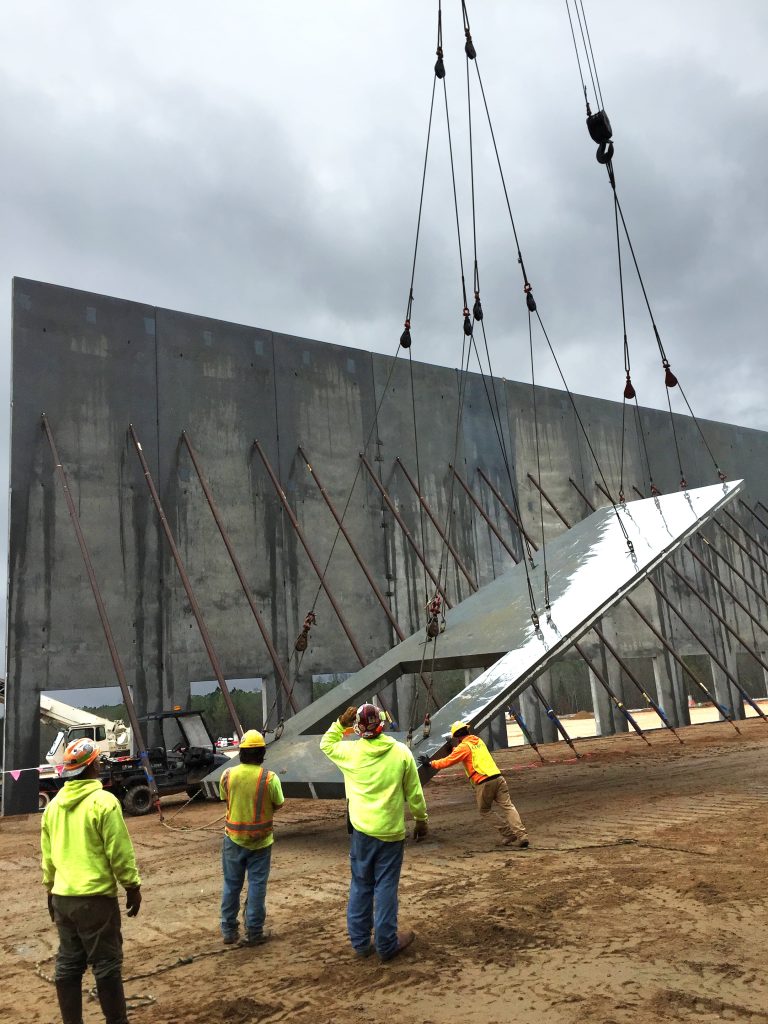
Benefits of Precast Concrete Walls
Prefabricated, off-site manufacturing, just-in-time delivery, and quick installation have propelled precast concrete walls to the forefront of contemporary construction practices. The benefits they bring to the table are exceptional, contributing to the widespread adoption of this innovative building solution. Some of the key advantages will be discussed next.
Superior Strength and Durability
There is no question that precast concrete is among the most resilient types of construction products available on the market today. It has remarkable durability against a host of environmental forces, including adverse weather conditions, erosion, fire, rotting, and rusting. When required, precast concrete products can also be designed to resist high wind loads, seismic activity, and ballistic blasts. While concrete already possesses inherent durability, the true advantage of precast panels lies in the freedom they grant builders and designers to customize their designs to maximize the full potential of concrete. These features make precast concrete panels superior walls when compared to some other materials.
Design Flexibility
The seamless integration of precast concrete into various architectural concepts allows for a near-boundless exploration of aesthetic expression, providing architects and designers with the perfect medium to bring their unique visions to life. With various colors, textures, and finishes available, architectural precast concrete wall panels allow designers to craft visually stunning and inspiring buildings without compromising structural integrity. They can provide the appearance of a traditional masonry façade to match historic areas or include unique cast-in finishes for a more modern appearance.
Beyond aesthetics, precast wall panels are a barrier wall assembly that maintains weather tightness without relying on complicated cavity wall construction systems to prevent the intrusion of air, water, and vapor.
Load-bearing insulated architectural concrete wall panels, typically associated with a total precast structure, offer an efficient all-in-one solution. They eliminate the need for structural framing, provide thermal insulation, and allow for unique architectural finishes on the exterior of the building.
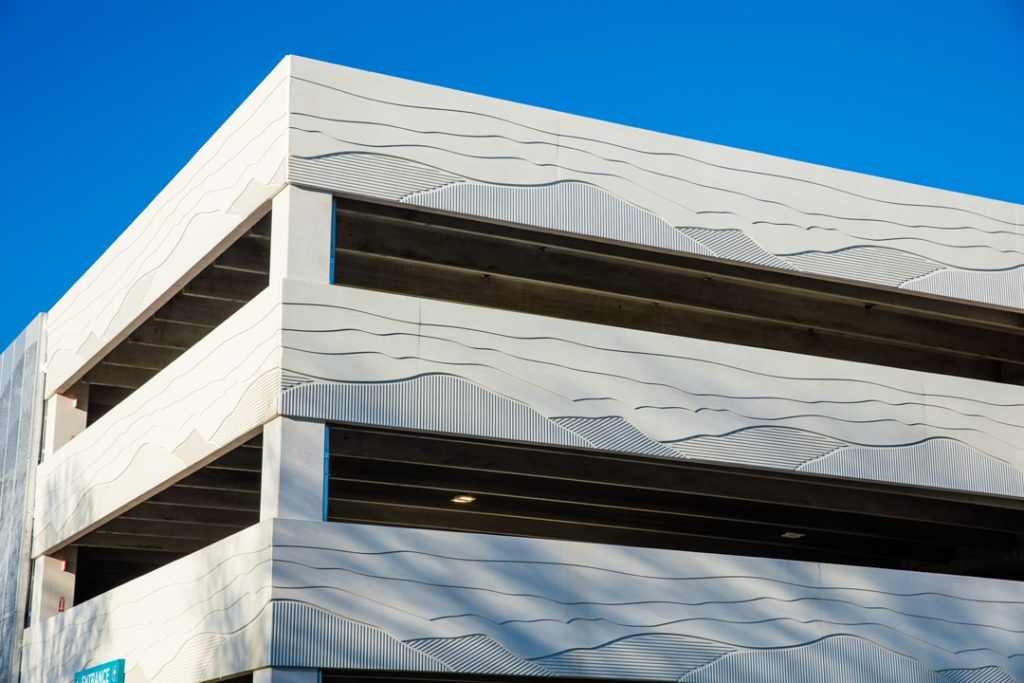
Speedy Installation
The off-site manufacturing of precast concrete allows for a host of advantages, including the optimization of construction schedules to significantly reduce build times. Precast production, site, and foundation work can progress simultaneously while just-in-time deliveries reduce on-site congestion and storage, making access easier for other trades to perform their scope of work. Other than scheduling around periods of high winds, precast can be set in virtually any weather condition. In cold and wet weather, additional precautions can be employed to allow welding and grouting to continue along with the setting.
This time-efficient approach accelerates project completion and yields substantial cost savings across the project’s build cycle, providing a tangible and direct benefit that clients can appreciate.
Embracing the power of precast concrete allows construction teams and building owners to take advantage of streamlined project execution methods marked by seamless coordination, minimal disruptions, and enhanced resource allocation.
Sound Isolation
Due to the dense composition of concrete, precast wall panels are an effective barrier against sound. The mass of concrete is particularly beneficial in providing sound transmission reduction. For noise-sensitive environments especially, precast building components are an ideal choice for creating quieter and more comfortable indoor environments.
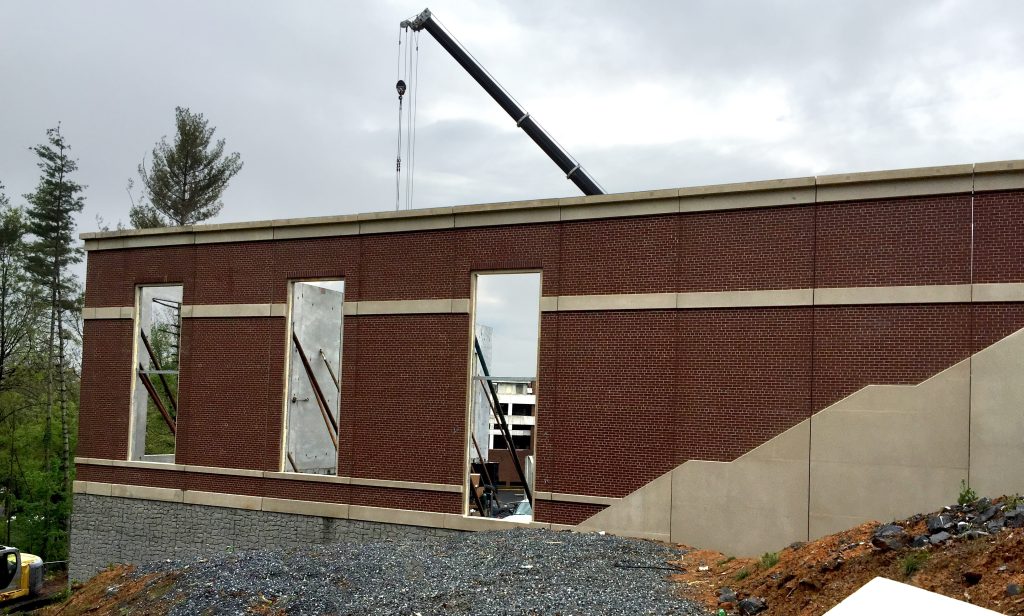
Insulated vs. Non-Insulated Precast Concrete Wall Panels
A crucial consideration when working with precast concrete walls is whether to opt for insulated or non-insulated wall panels — a decision often influenced by a project’s specific building performance needs, energy requirements, budget constraints, and the regional climate. Insulated wall panels, sometimes called “sandwich wall panels,” are manufactured with a low-density composite insulating core, such as Expanded Polystyrene (EPS) or Extruded Polystyrene (XPS), sandwiched between two layers of concrete. While they offer many of the same structural and flexible advantages of traditional precast concrete, they excel in providing superior thermal performance, reducing heating and cooling costs, insulating sound, and contributing to various sustainability initiatives. The determining factor for wall panel design is the desired thermal performance or R-value. Precast concrete walls also generally qualify as mass walls due to the high density of concrete. Mass walls have a lower required R-value because they stabilize internal temperatures by creating a heat sink. The high thermal mass of precast concrete walls will tend to reduce the peak heat or cooling needed compared to lighter-weight construction.
Non-insulated wall panels may appear more cost-effective upfront, but current energy codes require minimum R-Values only obtainable through proper insulation. Therefore, non-insulated panels will require additional interior insulation, which may reduce potential savings.
The Power of Precast Wall Panel Solutions
Precast concrete walls are a premier choice in modern construction for designers and architects looking to harness the numerous benefits of this comprehensive solution. Whether the project calls for unmatched structural integrity or a flexible design, precast — insulated or not — provides a level of strength, durability, and efficiency for buildings of all sizes and functions unmatched by other materials.
That’s why, at Tindall, we have dedicated over 60 years to honing the precast process. Our unwavering belief in precast and commitment to excellence drives us to continually push the boundaries, ensuring each project reaches new heights of distinction and quality. If you are eager to explore the advantages of precast construction and discover how Tindall can make a difference for you, contact our team today!
